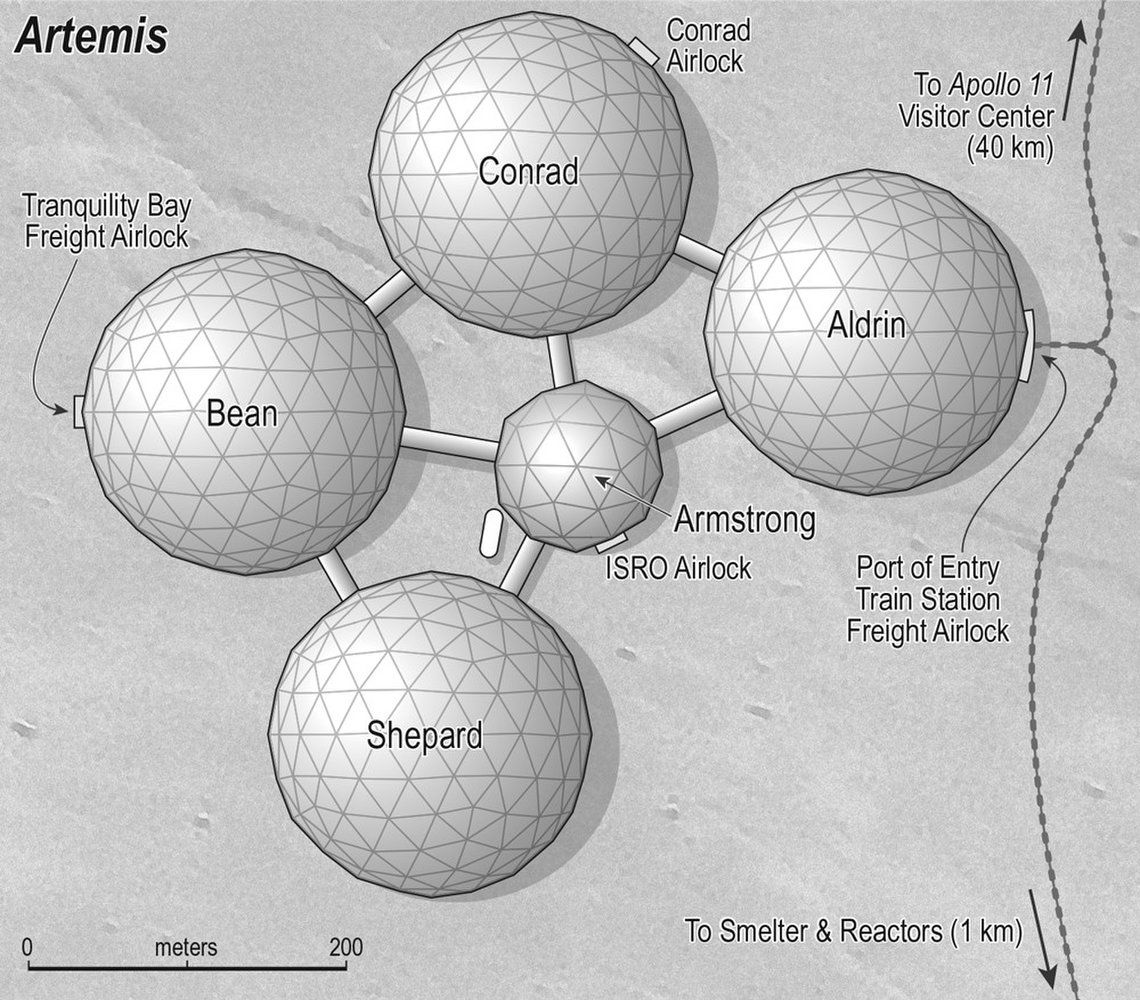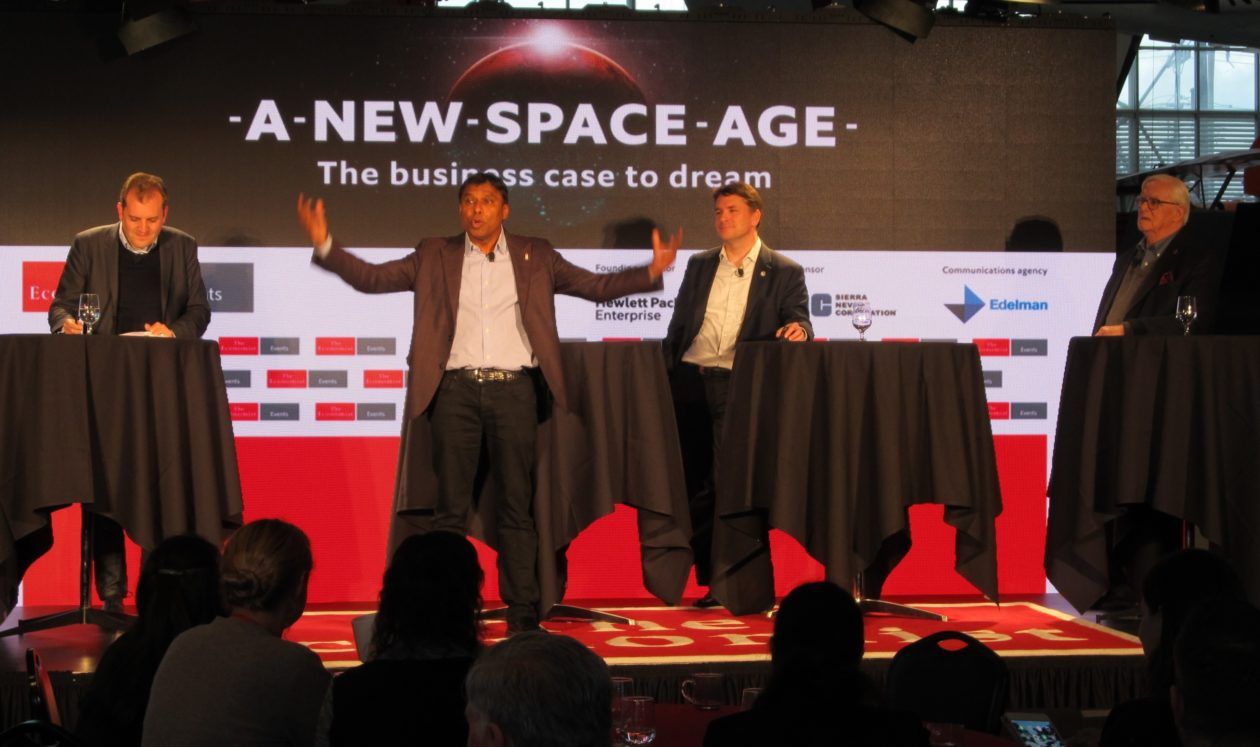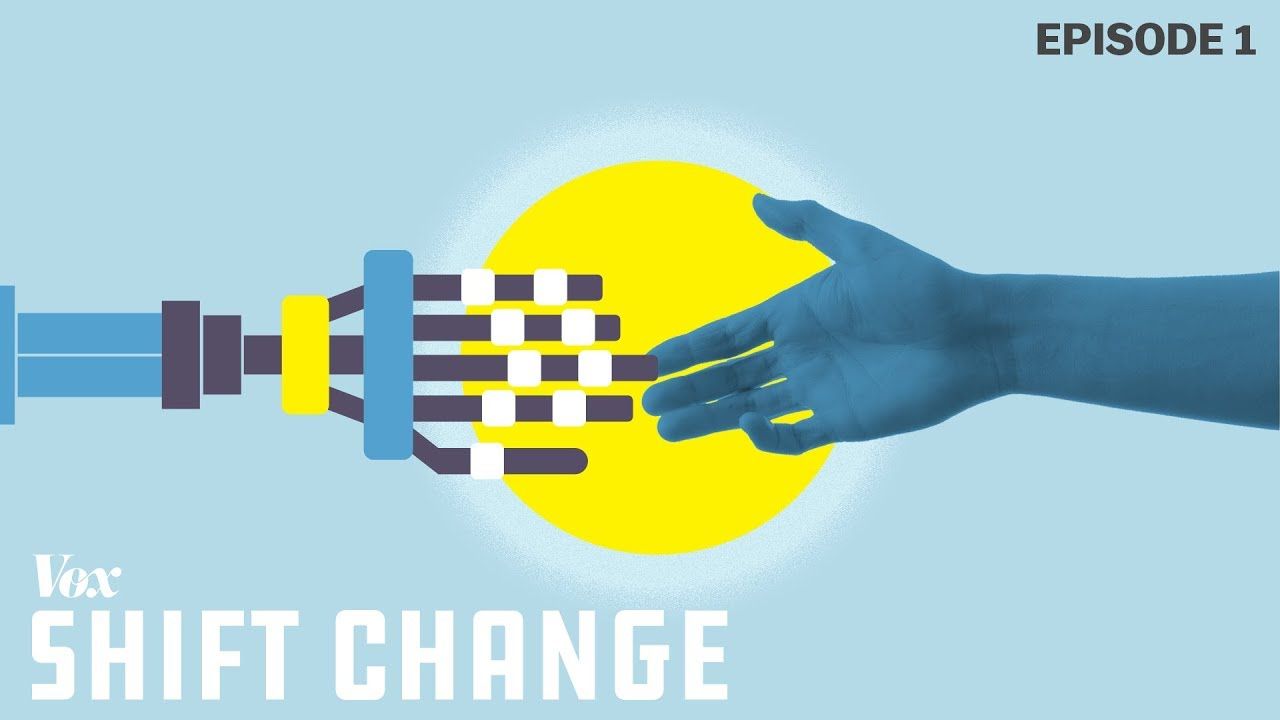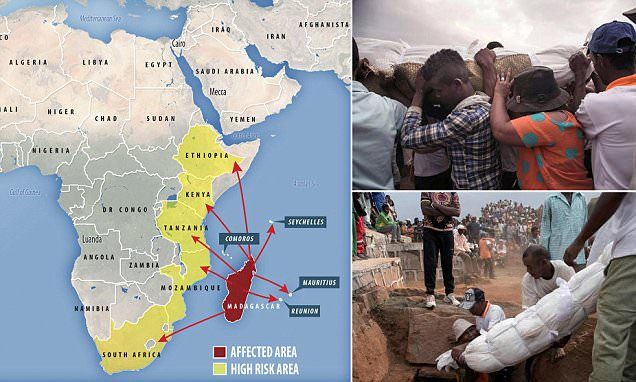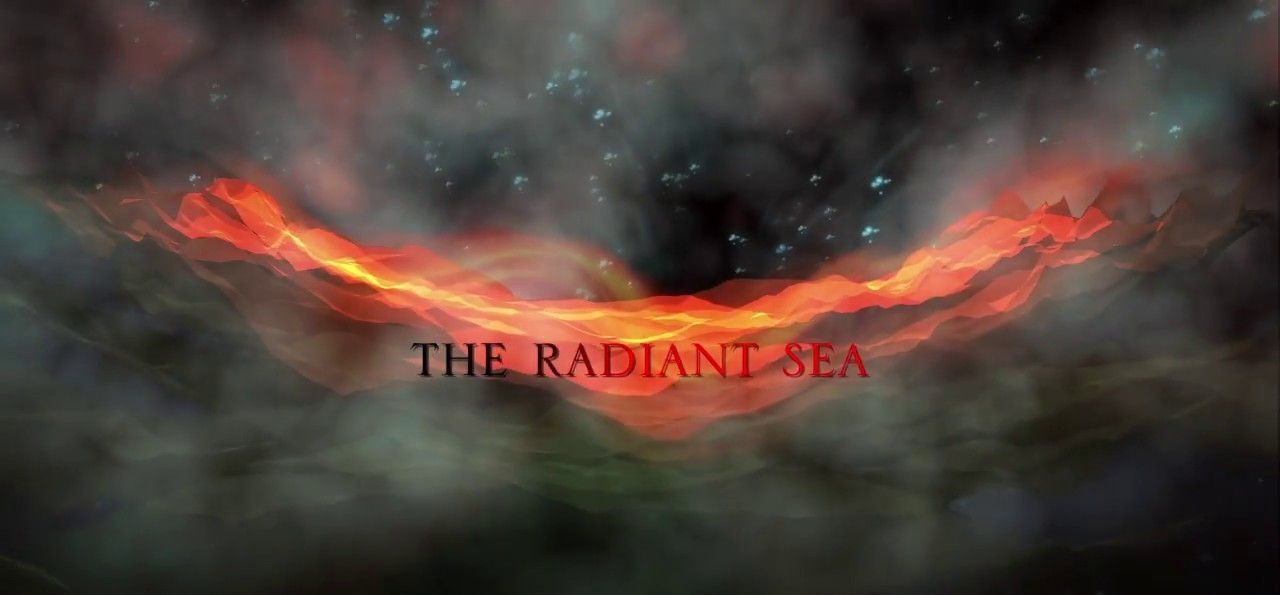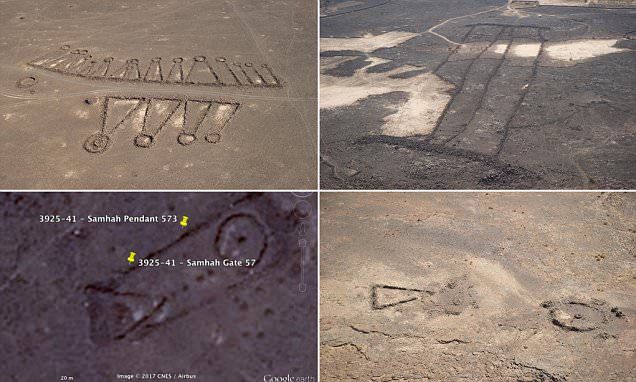Nov 14, 2017
Why do some People Fear Using Science to Live Longer Healthy Lives?
Posted by Steve Hill in categories: life extension, science
With the recent surge of enthusiastic support for LEAF/Lifespan.io and the idea of defeating aging, I really shouldn’t be complaining about the lingering holdouts opposing the idea of living healthy and longer lives for whatever reason. Nonetheless, I feel compelled to point out the jarring contradiction of a species whose members are constantly on the lookout to avoid danger, yet need to be reassured that at some point they will die and that science is by no means trying to prevent that.
Fear of life extension
This curious phenomenon was pointed out earlier this year by James Goodwin in the journal of the Gerontological Society of America[1]. In his article “Fear of life extension”, he argues that the commandment of geriatrics is “quality, not quantity” because policymakers fear a future in which longer life means overpopulation of nursing homes, and as a consequence, researchers working on interventions on aging need to clearly state that their goal is just making our final years a little better—but making us live longer? God forbid, no! We only want to live in perfect health for about 80 or 90 years, then magically drop dead for no apparent reason.


